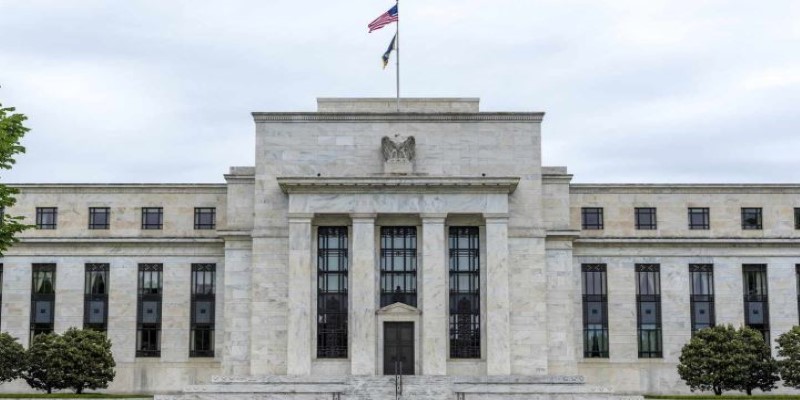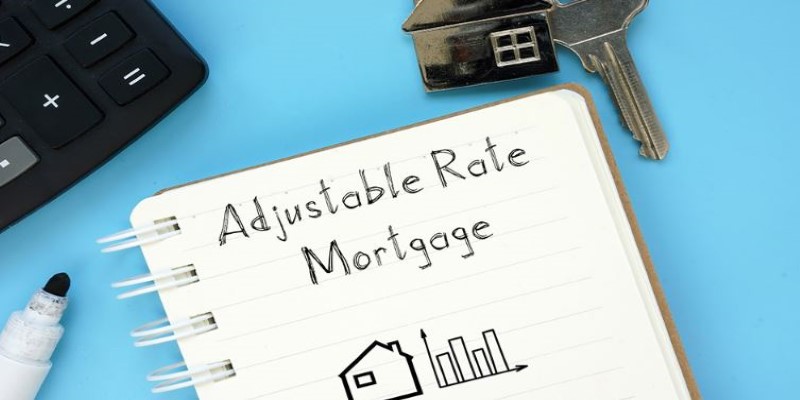When people think about buying a home, most focus on saving for a down payment or checking their credit score. But behind the scenes, there's a less visible player shaping the mortgage landscape—the Federal Reserve. This central banking system doesn't directly set mortgage rates, but its decisions influence the cost of borrowing money.
Whether you're planning to purchase a house or refinance an existing loan, understanding how the Fed affects mortgages can make a real difference. It's not complicated, but the ripple effects of its policies are wide and worth paying attention to.
What the Federal Reserve Actually Does?
The Federal Reserve, often just called “the Fed,” is the central bank of the United States. Its job is to manage the country’s monetary policy. This means controlling how much money is circulating in the economy and trying to maintain a balance between inflation and unemployment.

One of the main tools the Fed uses is the federal funds rate. This is the short-term interest rate banks charge each other for overnight loans. While that may seem distant from everyday financial life, the cost of borrowing for banks affects how much they charge consumers for loans, including mortgages.
So, when the Fed raises the federal funds rate, it becomes more expensive for banks to borrow money. To stay profitable, banks pass that extra cost to borrowers by increasing interest rates on things like credit cards, auto loans, and mortgages. Lowering the rate has the opposite effect, making borrowing cheaper and encouraging more lending.
The Fed also uses tools like open market operations—buying or selling government securities—to adjust liquidity. When the Fed buys securities, it injects money into the system, pushing rates lower. Selling securities pulls money out, nudging rates higher. These actions play a key role in shaping the interest rate environment that borrowers ultimately face.
The Link Between the Fed and Mortgage Rates
Fixed-rate mortgages are heavily influenced by the bond market, especially the yield on 10-year Treasury notes. This is because mortgage investors want to earn a return that reflects inflation expectations, economic growth, and interest rate outlook—all areas that the Fed affects directly or indirectly.
When the Fed raises interest rates to control inflation, it often signals stronger economic growth or higher future prices. Investors then demand higher returns for holding long-term debt, which pushes up Treasury yields. As those yields rise, mortgage rates usually follow. Even anticipation of a Fed hike can nudge mortgage rates upward, long before any formal announcement is made.
When the Fed lowers rates or signals concerns about the economy, bond yields usually decline, which pulls mortgage rates down as well. For borrowers, this results in more affordable loans and smaller monthly payments. That’s one reason mortgage rates reached record lows in the early months of the pandemic—because the Fed swiftly cut rates in response to growing economic uncertainty.
Still, it’s important to note that other factors influence mortgage rates too, such as investor demand for mortgage-backed securities, the global economic outlook, and risk appetite among lenders. But the Fed’s influence remains central, especially when it’s actively adjusting policy in response to economic shifts.
Fed Policy and Adjustable-Rate Mortgages
Adjustable-rate mortgages (ARMs) are more directly tied to short-term interest rates, which the Fed controls more closely. Many ARMs are based on benchmarks that move in step with the Fed’s actions, such as the Secured Overnight Financing Rate (SOFR).

When the Fed increases its benchmark rate, borrowers with ARMs may see their payments rise once the fixed-rate period ends. This can happen gradually or all at once, depending on the terms of the loan. In a rising rate environment, this unpredictability can make ARMs less attractive, especially for those with tighter budgets.
For households already holding ARMs, a rapid series of rate hikes can stretch monthly finances. Payments that were manageable at first can rise sharply over time. On the flip side, when the Fed lowers rates, ARM holders may benefit from lower payments—though timing and loan terms determine how quickly those changes are felt.
The Fed’s influence doesn’t stop with interest rates. In a high-rate environment, banks might become more cautious about lending. They may raise their credit standards or limit how much they’re willing to lend. In lower-rate environments, lending tends to be looser, with banks competing more aggressively for business. That shift in credit availability can affect who qualifies for a mortgage and under what terms.
The Broader Housing Impact
The Fed’s actions shape not just individual loans, but the larger housing market. When borrowing becomes more expensive, monthly payments rise. That often means fewer people can afford to buy homes, which can slow demand. As demand drops, home prices may stabilize or decline, depending on local supply.
In contrast, when rates are low, more buyers enter the market. This often pushes prices higher, especially in areas where housing supply is limited. Low rates also encourage homeowners to refinance, reducing monthly payments and freeing up disposable income.
Refinancing activity tends to spike when the Fed cuts rates, especially if homeowners can lower their interest rates by a full percentage point or more. This increase in refinancing can also fuel consumer spending, as households use savings for other expenses or debt payoff.
The Fed also plays a less visible but significant role through its holdings of mortgage-backed securities (MBS). During times of economic stress, it may purchase MBS to stabilize the housing finance market and keep mortgage rates from climbing too fast. When it reduces those purchases or sells assets, the opposite can happen—rates may rise as a result.
Conclusion
The Federal Reserve may seem far removed from everyday decisions like buying a home or refinancing a loan, but its influence is felt across the mortgage landscape. Its rate decisions, economic outlook, and policy tools affect what it costs to borrow, how lenders operate, and what kind of home a buyer can afford. Whether you’re in the market for a house or already paying off a mortgage, the Fed’s actions affect both short-term choices and long-term affordability. Keeping an eye on what the Fed is doing can help borrowers make smarter financial decisions—and avoid surprises when rates move.












